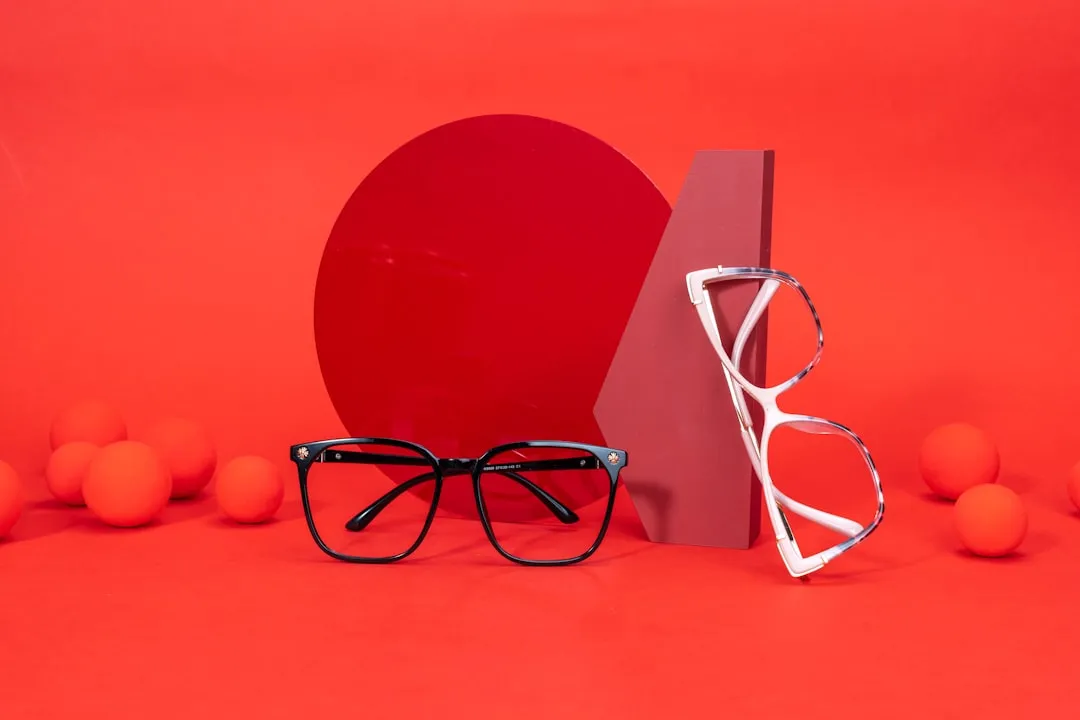While most people have only begun hearing the term augmented reality in the last year or so, AR has been around in some form since the early '90s. It all started with heads-up displays (HUDs) for pilots to see instant information in their visors, but has graduated to a far more useful and widespread technology thanks to the advancement of computers and, more recently, smartphones.
Wikitude SDK 6, the latest incarnation of the long-running AR development tools by Wikitude GmbH, brings with it "Instant Tracking," a form of simultaneous localization and mapping (more commonly known as SLAM), which brings it one step closer to mixed reality.
SLAM allows developers to create and place 3D objects in the word without the need for visual markers to guide the device in tracking it. Instead, it uses sensors on the device to map the area and sense the movements of the device while mixing in GPS and Wi-Fi for location information. HoloLens developers may notice that this is very similar to Spatial Mapping.
Wikitude GmbH first appeared in 2008 offering their Wikitude SDK. This set of development tools brought with it a technique called location-based augmented reality. This is a form of augmented reality that allows the users to leave 3D objects and data around the world. Other users can, using their smartphone, tablet, or head-mounted display, go to that location and see the same information.
For developers interested in using this technology, the pricing for a yearly license (converted from Eruos to US dollars) ranges from around $2,685 for the Pro version, $3,325 for Pro 3D, and $4,842 for their cloud-based solution.
The compatible devices listed include iOS and Android smartphones and tablets, as well as Epson Moverio, Vuzix M100, and ODG R-7 smartglasses. Many regular readers should note the very noticeable omission of the Microsoft HoloLens from this list. Wikitude also has a Unity plugin, and works with other development frameworks.
- Follow NextReality on Facebook, Twitter, and YouTube
- Follow WonderHowTo on Facebook, Twitter, Pinterest, and Google+
Cover image via Wikitude/YouTube

























Comments
Be the first, drop a comment!